It could be a new way to fight colony collapse disorder.
A humble mushroom extract might help with many of bees’ woes, according to new research — and even, maybe, help rebuild their world population.
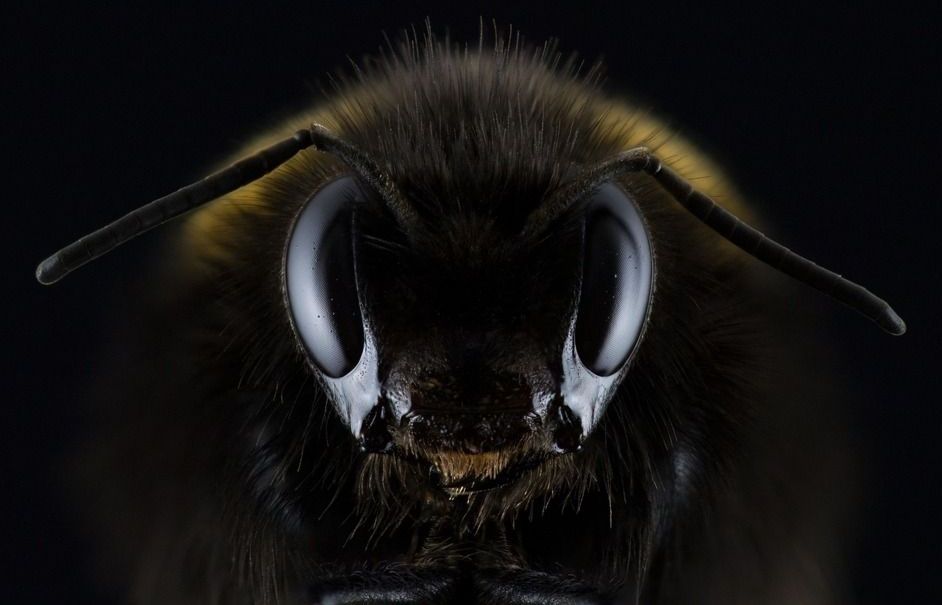
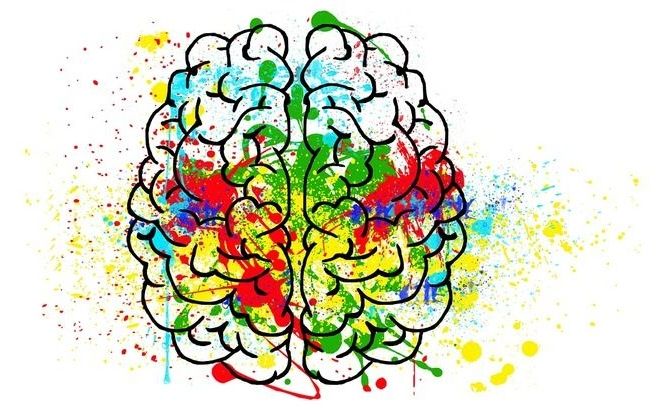
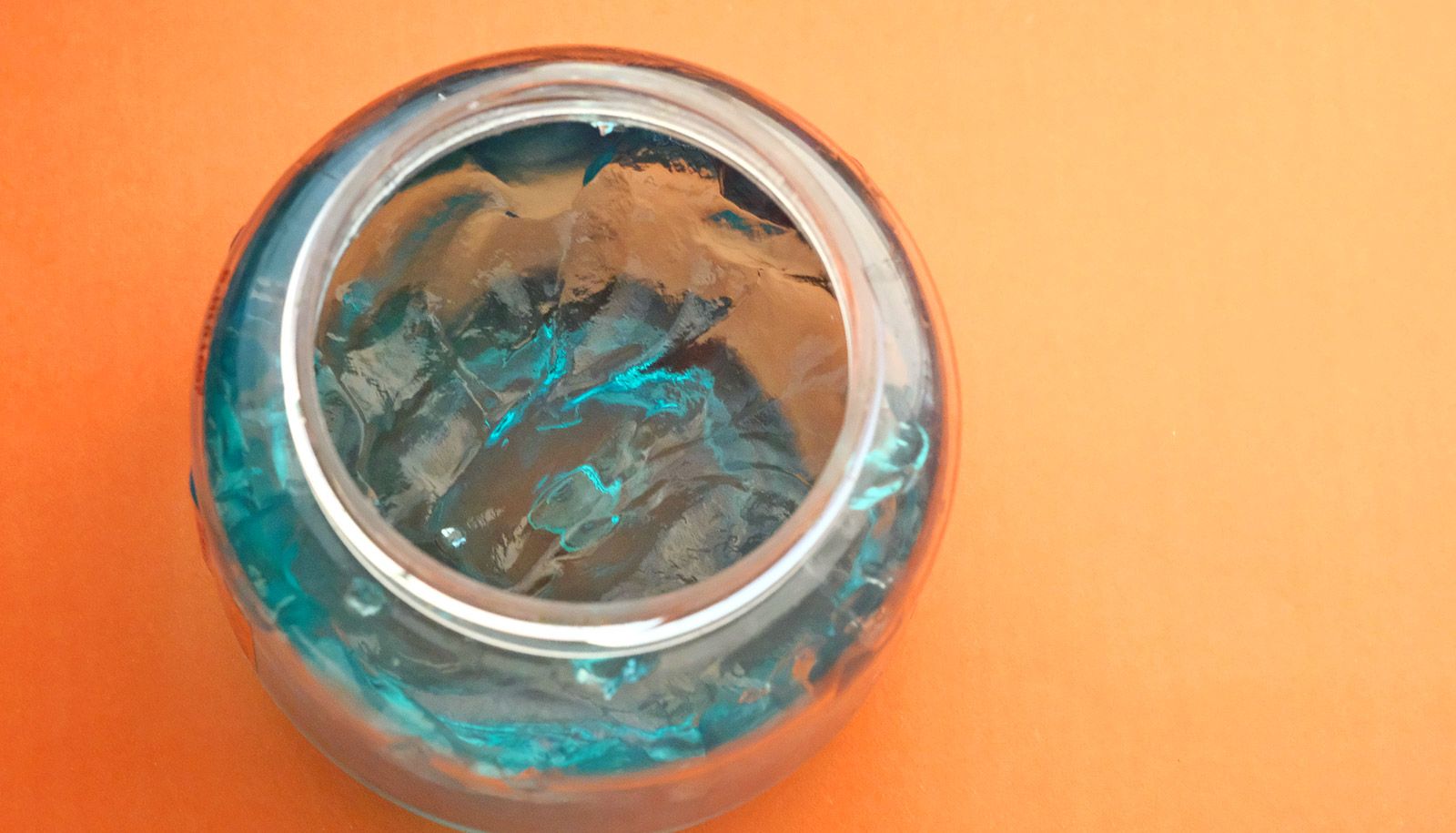
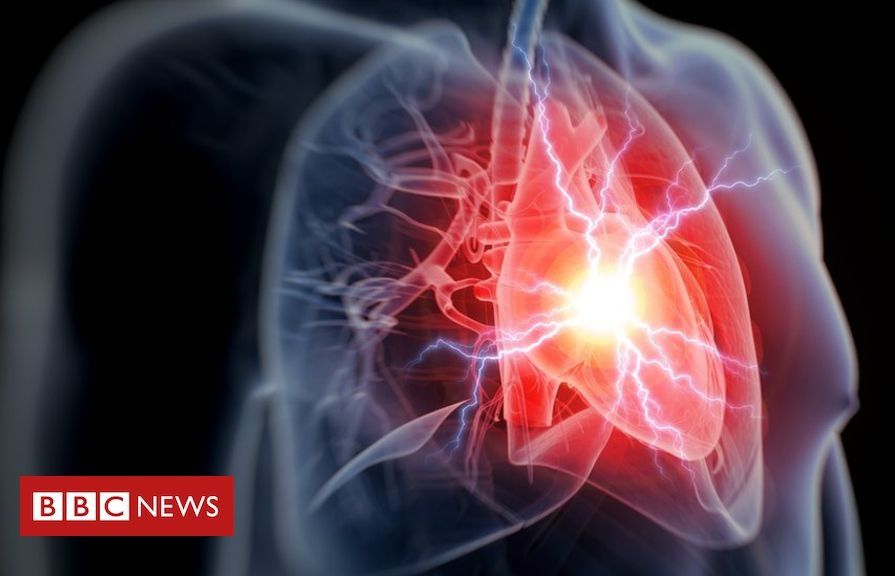
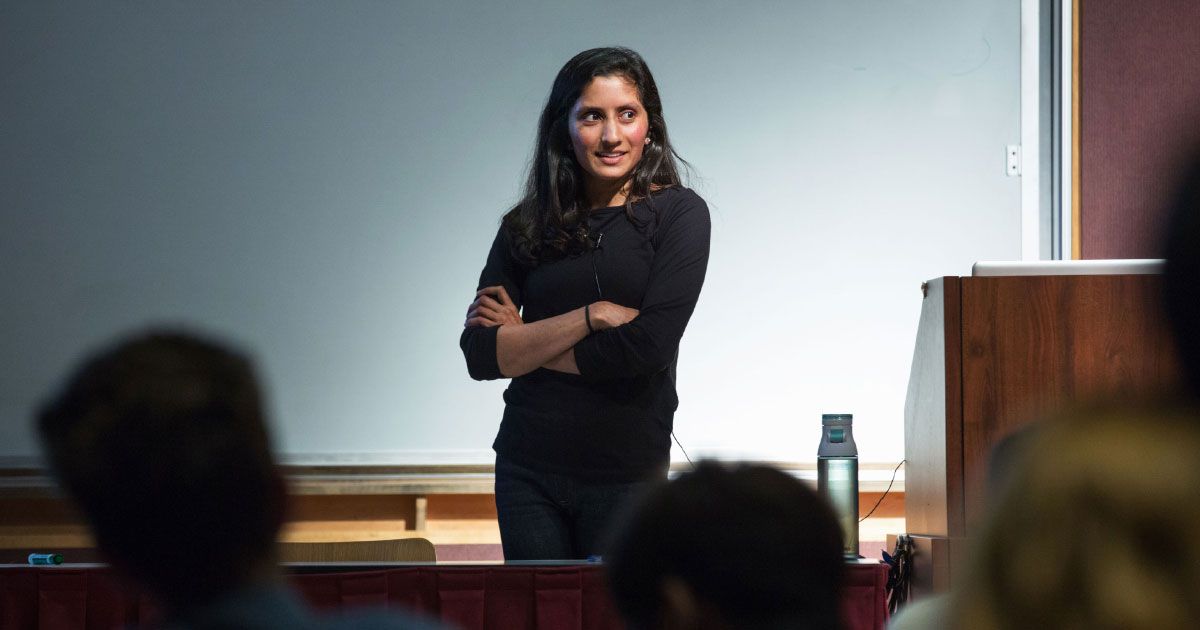
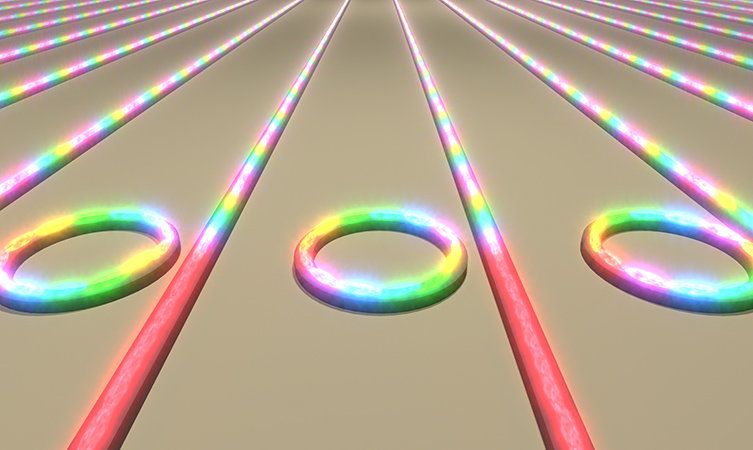
Optical frequency combs can enable ultrafast processes in physics, biology, and chemistry, as well as improve communication and navigation, medical testing, and security. The Nobel Prize in Physics 2005 was awarded to the developers of laser-based precision spectroscopy, including the optical frequency comb technique, and microresonator combs have become an intense focus of research over the past decade.
A major challenge has been how to make such comb sources smaller and more robust and portable. In the past 10 years, major advances have been made in the use of monolithic, chip-based microresonators to produce such combs. While the microresonators generating the frequency combs are tiny—smaller than a human hair—they have always relied on external lasers that are often much larger, expensive, and power-hungry.
Researchers at Columbia Engineering announced today in Nature that they have built a Kerr frequency comb generator that, for the first time, integrates the laser together with the microresonator, significantly shrinking the system’s size and power requirements. They designed the laser so that half of the laser cavity is based on a semiconductor waveguide section with high optical gain, while the other half is based on waveguides, made of silicon nitride, a very low-loss material. Their results showed that they no longer need to connect separate devices in the lab using fiber—they can now integrate it all on photonic chips that are compact and energy efficient.
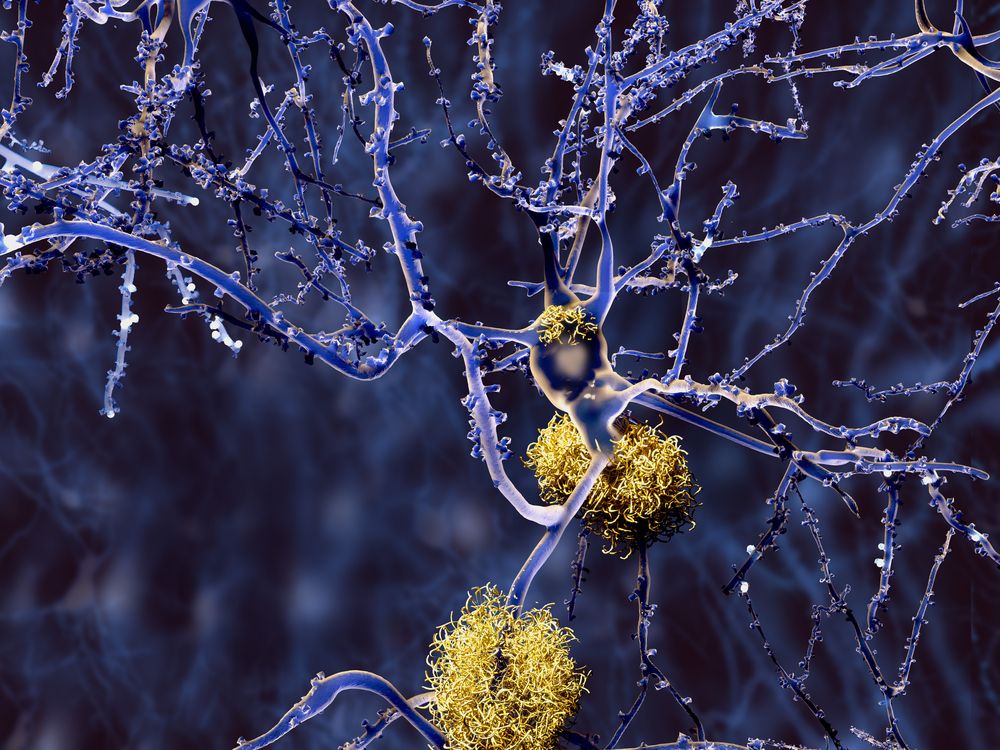
Today, we are going to be taking a look at GAIM and what it might mean for treating amyloid-based diseases, such as Alzheimer’s, Parkinson’s, and amyloidosis. This approach has the potential to treat multiple age-related diseases at once by targeting a common characteristic that they all share.
Misfolded proteins cause multiple age-related diseases
Proteins are large, complex molecules that regulate almost everything in our bodies, either directly or indirectly. They do the majority of the work in cells and are critical for the function, regulation, and structure of tissues and organs.
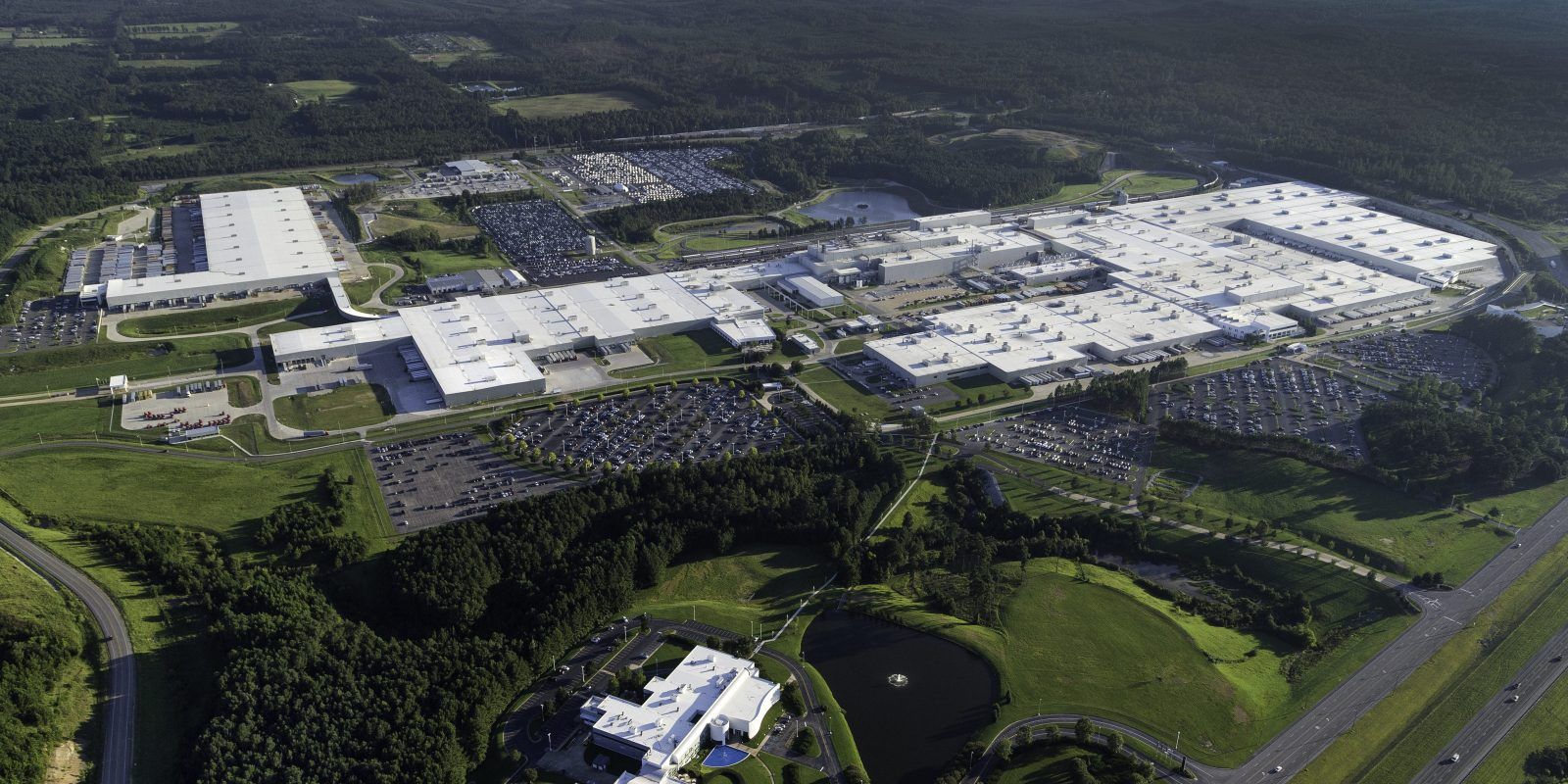
Mercedes-Benz makes good on its previously announced $1 billion investment to bring electric vehicle manufacturing in the US – starting with breaking ground on a new battery factory in Alabama.
Last week, the German automaker held a ceremony to launch the construction of the factory, which is located seven miles from the Mercedes-Benz Cars vehicle production site in Tuscaloosa, Alabama.
Markus Schäfer, Member of the Divisional Board of Mercedes-Benz Cars, Production and Supply Chain, attended the ceremony:
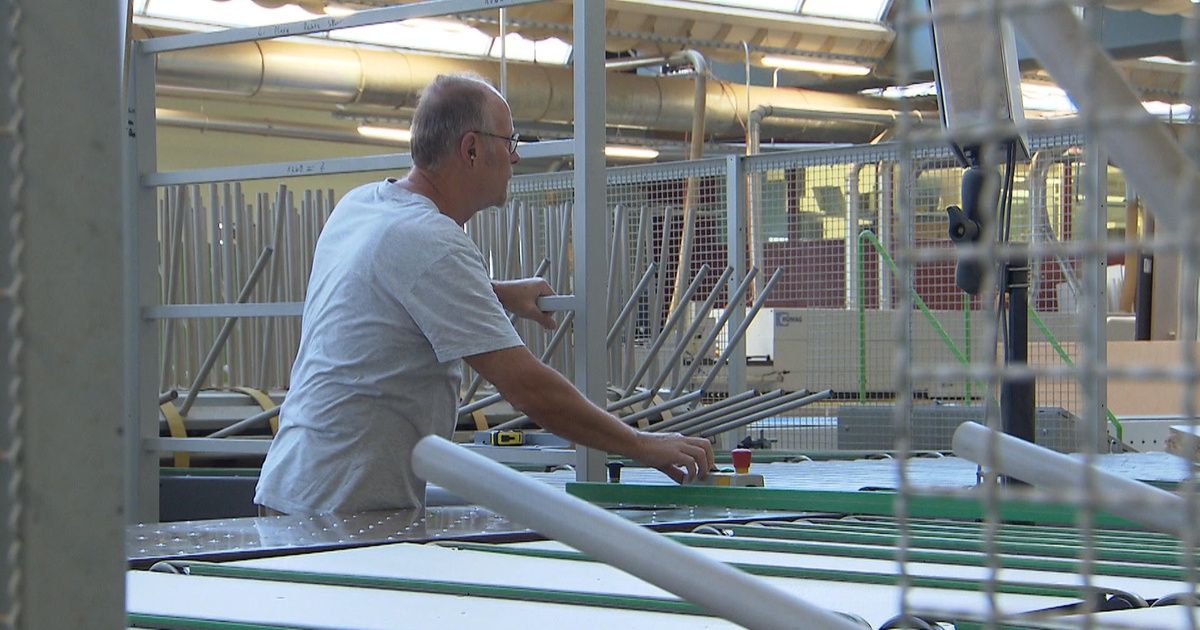

French and Italian maritime authorities ays they have begun cleaning up a fuel spill that has spread 12.5 miles in the Mediterranean Sea after two cargo ships collided north of the island of Corsica.
Italy’s coast guard said Monday it’s recovering some of the polluted material and monitoring the spill amid changing weather conditions.